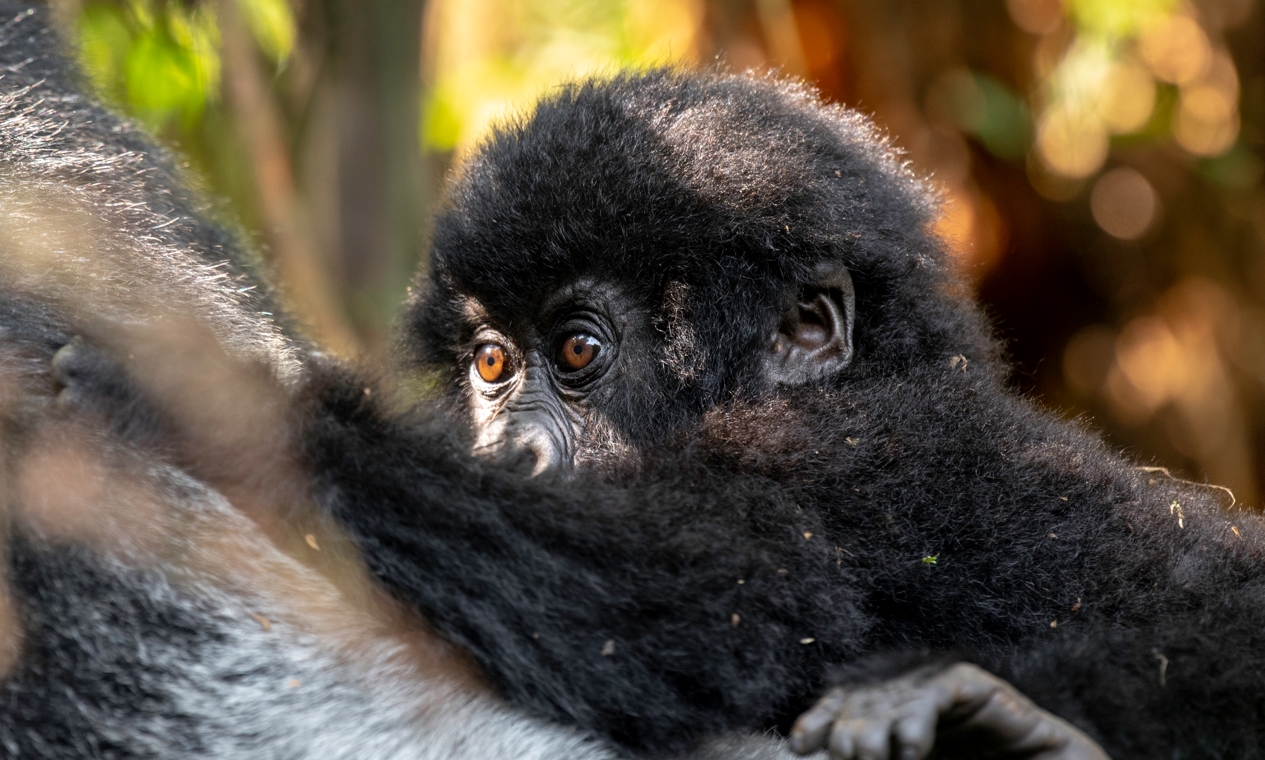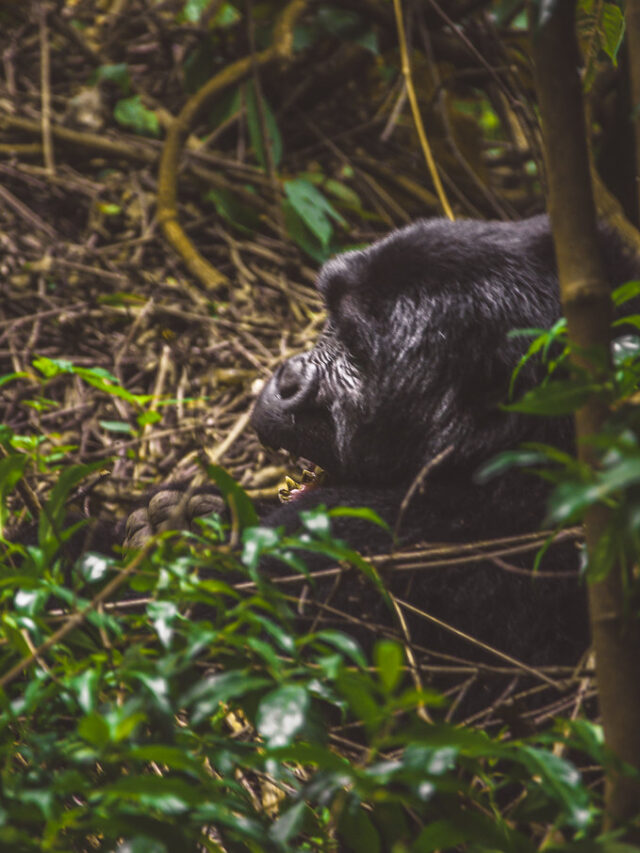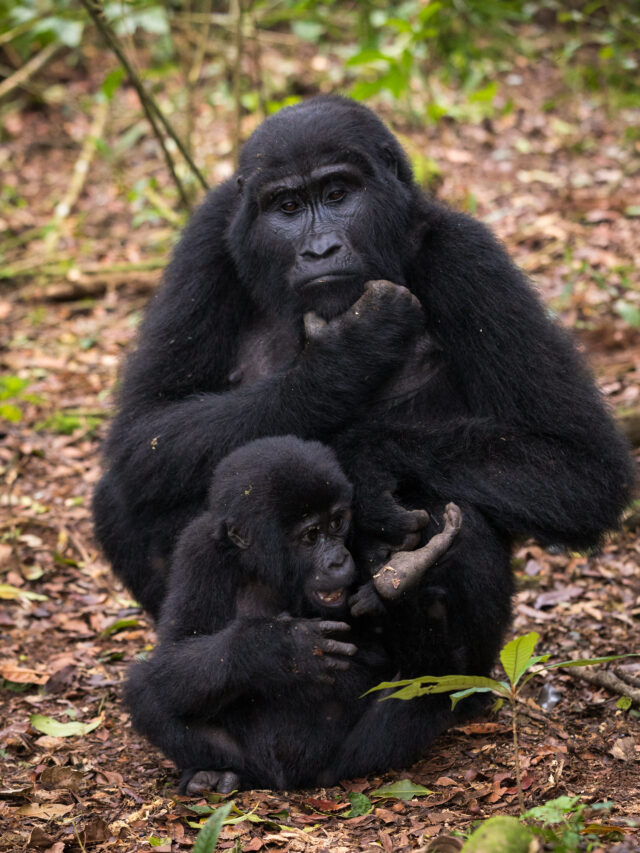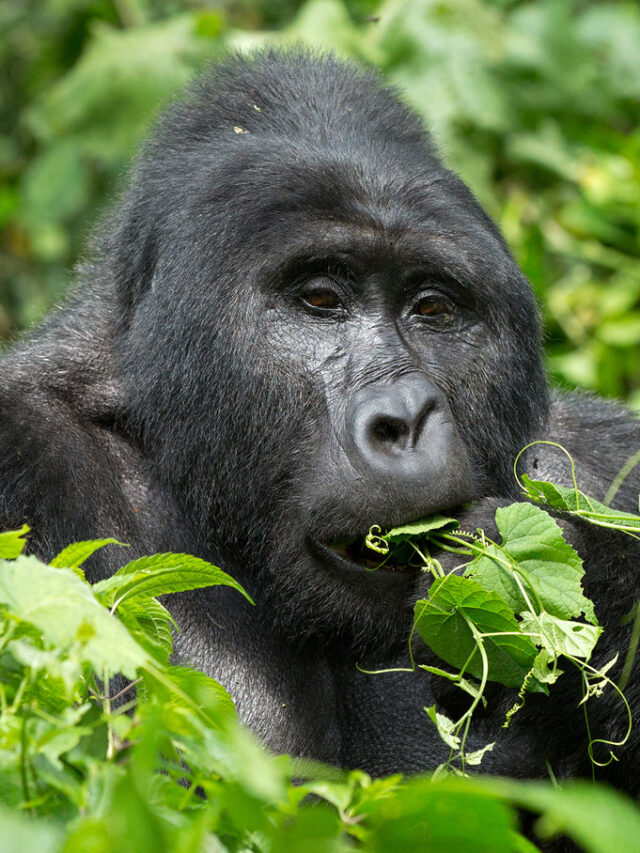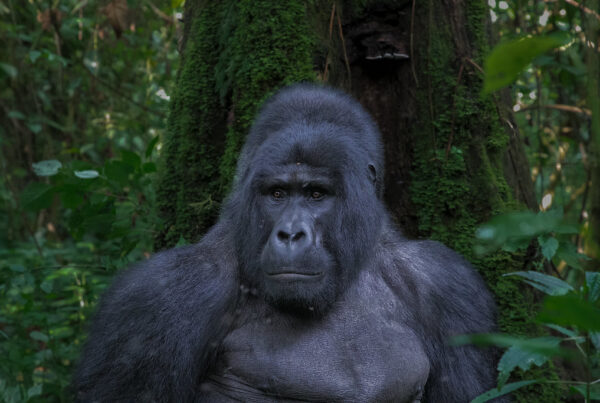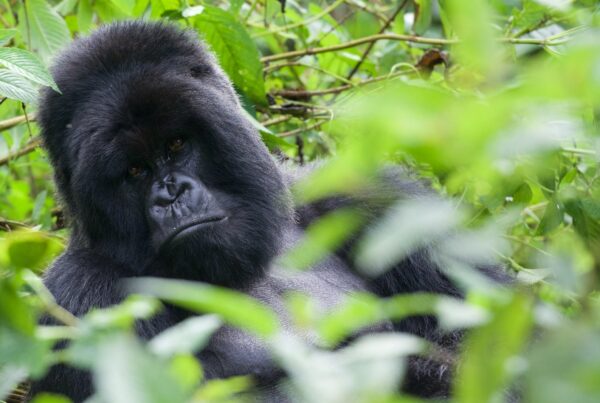Silverback Gorilla Habitat: Where the Kings of the Forest Truly Belong
Deep Within Earth’s Last Untouched Forests, the Silverback Reigns
In the wild places where human footsteps grow silent and the mist clings to ancient trees, the silverback gorilla makes his home. These majestic giants are not wanderers of the plains or hunters of the savannah—they are guardians of the forest, intricately tied to some of the world’s most remote, complex, and ecologically rich habitats. When we speak of a silverback gorilla’s habitat, we’re not simply describing a location on a map. We are entering a world that has evolved over millions of years to sustain, protect, and define the life of one of nature’s most noble creatures.
Where Do Silverback Gorillas Live?
Silverback gorillas are adult male gorillas, and their habitat depends on the subspecies they belong to. There are two main species of gorillas, each with subspecies, but the most famous silverbacks are found among the mountain gorillas (Gorilla beringei beringei) and eastern lowland gorillas (Gorilla beringei graueri)—both native to Central and East Africa.
Mountain gorillas, the ones most visitors encounter in Uganda, Rwanda, and the Democratic Republic of Congo, live in high-altitude, dense tropical rainforests. These forests are cloud-covered, lush with vines, moss-draped trees, and damp undergrowth that breathes with life. The specific protected areas (Silverback Gorilla Habitat) include:
- Bwindi Impenetrable National Park (Uganda)
- Mgahinga Gorilla National Park (Uganda)
- Volcanoes National Park (Rwanda)
- Virunga National Park (Democratic Republic of Congo)
These montane and sub-montane forests range from 2,200 to over 4,000 meters (7,200 to 13,100 feet) above sea level, making the mountain gorilla’s home one of the highest-elevation primate habitats in the world. The terrain is rugged, steep, and often soaked in fog and rain, which creates the lush vegetation that supports their plant-based diet.
Eastern lowland silverbacks, in contrast, dwell in the low-lying tropical forests of eastern DRC. Their habitat is flatter but equally dense, marked by tall trees, thick foliage, and more fruit-bearing plants.
What Makes These Forests Ideal?
Silverbacks don’t just survive in these environments—they thrive. Their habitats offer everything they need: a rich supply of vegetation, ample space for movement, secluded areas for nesting, and natural protection from predators and human encroachment—at least in theory.
The forest’s complex structure—ranging from ground-level herbaceous growth to high canopy cover—allows gorillas to find a wide variety of foods, including leaves, stems, bark, roots, and fruits. They move daily within their home ranges, building fresh nests every night on the ground or in vegetation, depending on their location and comfort. The cool climate of their highland forests suits their thick fur, which distinguishes mountain gorillas from their lowland relatives.
The steepness of the terrain may be exhausting to trekkers, but to silverbacks, it provides natural fortresses, places to hide, regroup, and raise young in safety.
The Role of the Silverback Within the Habitat
The silverback is not just a resident of this habitat—he is a steward of it. As the leader of his group, often made up of several females, juveniles, and infants, he chooses where the family travels, where they nest, and when they move on. He knows the forest intimately—its feeding spots, its safest corners, its seasonal patterns. His life is entwined with the rhythms of the forest in a way few humans could ever replicate.
Even the paths silverbacks use through the forest—trampled with time—become part of the ecosystem, helping other animals find food or shelter. Their droppings help disperse seeds, encouraging the spread of plant species. In this way, their very presence shapes and supports the habitat itself.
The Threats to Their Home
Despite their deep connection to the land, the silverback gorilla’s habitat is under constant threat. Deforestation, illegal logging, mineral extraction, civil unrest, and the expansion of agriculture have all encroached on their territory. Even eco-tourism, if not managed properly, can disrupt the natural peace silverbacks rely on. Diseases like respiratory infections—sometimes passed from humans—pose an invisible danger in areas of close contact.
However, there is hope. The protected areas where silverbacks live are now the focus of intense conservation efforts, with Uganda, Rwanda, and DRC working alongside global conservation bodies to ensure these habitats are not only protected but regenerating. Trekking permits, strict visitor regulations, anti-poaching patrols, and veterinary intervention teams are all playing a role in preserving the forests these gorillas call home.

